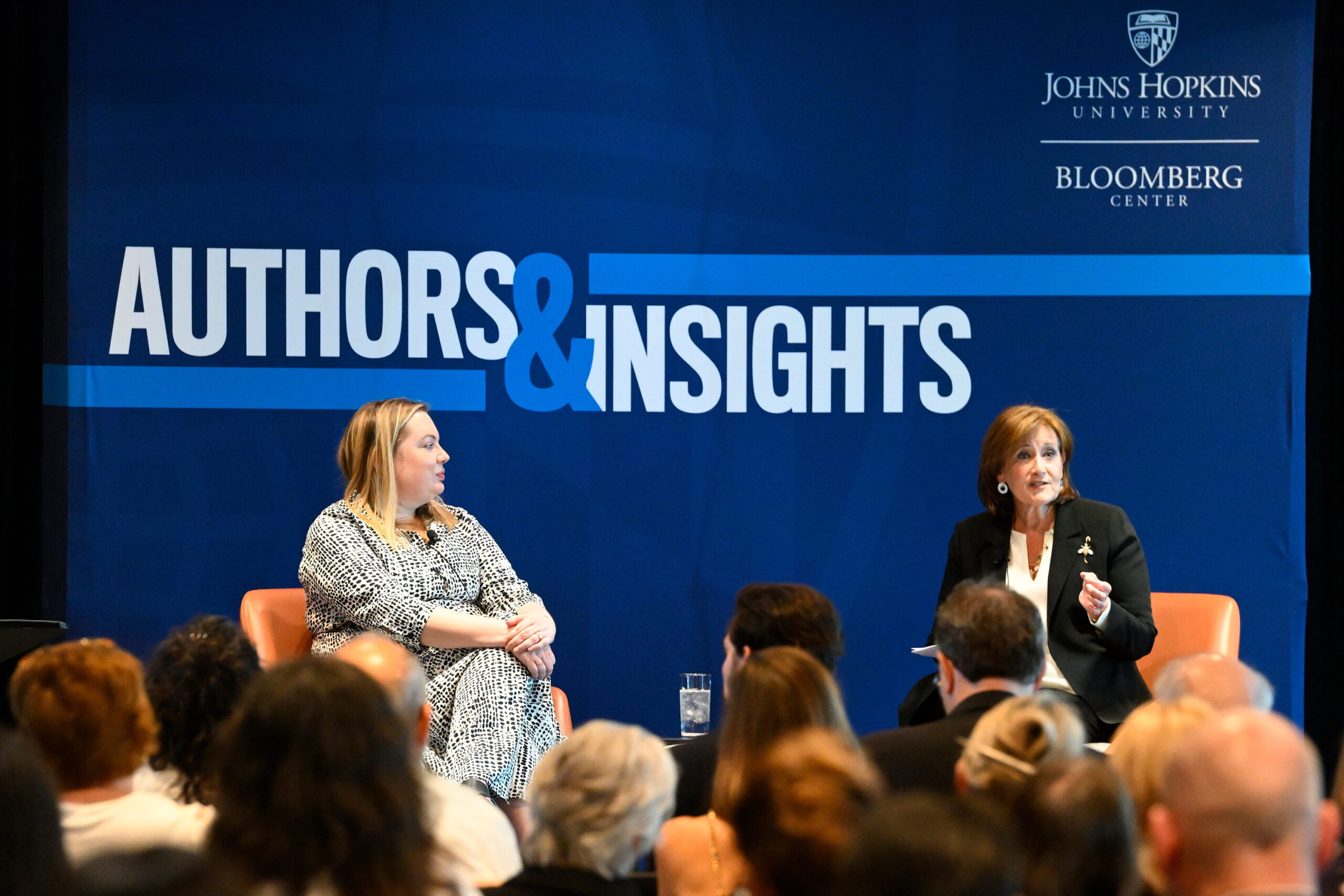‘Not fluff’: Exploring the evolving role of the first lady
Authors Katie Rogers and Anita McBride discuss the changing nature of the job, from Eleanor Roosevelt to Jill Biden

Shortly after the Pearl Harbor attack in 1941, First Lady Eleanor Roosevelt spoke to the American people through her weekly radio show. She offered confident words to a shaken nation and became the first public figure to speak about the bombing that led to the U.S. formally entering World War II.
She used the medium of the time—radio—to directly speak with Americans. Decades later, First Lady Michelle Obama used social media and appearances on late night shows to accomplish the same thing. Obama, though, also worked to make herself relatable by sharing videos of her doing a “Target run” and drinking boxed wine.
Their differing styles and methods of communication show how the role of America’s first lady has transformed over the years.
“No one had ever seen a first lady do that before,” said Katie Rogers, White House reporter for The New York Times and author of American Woman: The Transformation of the Modern First Lady, from Hillary Clinton to Jill Biden. “There was a relatability to her that people really love.”
Rogers remarks came at a recent conversation with Anita McBride, former chief of staff to then first Lady Laura Bush and co-author of Remember the First Ladies, about their books and the changing role of the first lady throughout American history.
Here are three highlights from their discussion:
- First ladies reflect the changing role for women in society.
While the initial first ladies served in a ceremonial role, Eleanor Roosevelt transformed the position at a time when more women were beginning to work outside the home.
“She readjusted the public’s expectation of how much the president spouse could be integrated into his political life,” McBride said.
Now first ladies regularly come into the position after working full-time, often in demanding positions.
Jill Biden’s story, Rogers noted, “is really modern. She has a non-traditional family. She’s a stepmother to Beau and Hunter Biden. She divorced her first husband before marrying President Biden.”
2. The position can wield real power.
Both McBride and Rogers spoke about the first ladies’ ability to shape politics, policy, and society more broadly. Betty Ford opened up the first public conversation about breast cancer and encouraged American women to get mammograms and treatment after she disclosed her diagnosis at a time when it was taboo.
Laura Bush played a critical role as the Obamas prepared to move into the White House, as part of a Bush-administration wide effort to ensure the first presidential transition following the 9/11 terrorist attacks was peaceful.
“During the height of the Cold War, Jackie Kennedy opened up the White House so people could literally see inside,” Rogers said. “That’s power, that’s not fluff. It’s an effort to enrich you culture.”
3. Doug Emhoff offers a new model.
Vice President Kamala Harris’s husband Douglas Emhoff, the nation’s first second gentleman, is quietly reshaping the role of the presidential spouse. He’s directing the administration’s work to battle antisemitism and led the U.S. delegation that attended South Korean President Yook Suk-yeol’s inauguration.
“He gave interviews to major news outlets in South Korea about the importance of gender equality in this country where it’s a very patriarchal,” Rogers said. “He’s showing spouses can bite off meaty roles for themselves.”